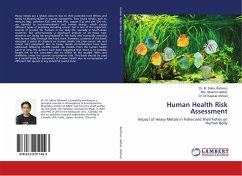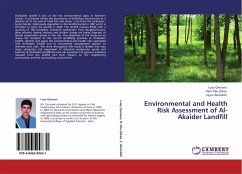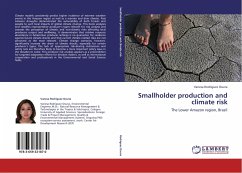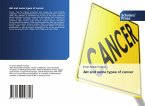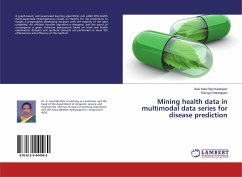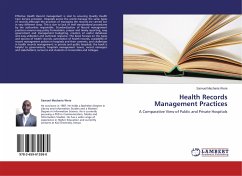Heavy metals are a global concern due to their potential toxic effects and ability to bioaccumulate in aquatic ecosystems. Toxic heavy metals, such as mercury (Hg), cadmium (Cd), and lead (Pb), copper (Cu) and zinc (Zn) etc. are harmful to eco-environments and human beings, which causes different types of problems including cancer. Fish is one of the important sources of protein for humans in our daily life, specially in South-Asian countries. But unfortunately, a significant amount of all those toxic elements are being bio-accumulated in fish body and eventually entering into human body through the food chain. However, contents of this book discussed a series of chapters on human health risk (non-cancer risk and cancer risk) assessment due to heavy metals contamination have been addressed following US-EPA health risk models. From the human health point of view, the authors have been suggested that there is no possible health risk to the consumers due to intake of the studied fishes and shellfishes under the current consumption rate. This book should be used as a model book for assessment of human health due to consumption of different fish species in any industrial coastal zone.
Bitte wählen Sie Ihr Anliegen aus.
Rechnungen
Retourenschein anfordern
Bestellstatus
Storno

